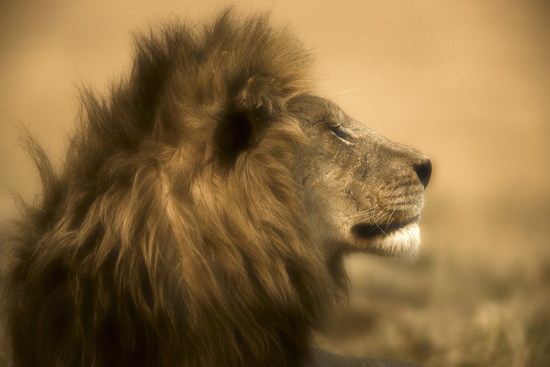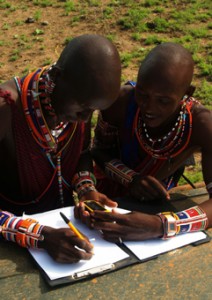The African Lion needs our help.
Hope for Lions through Protection
Some of you might remember when we talked about The African Lion Hope through Protection last year. If so, you might remember that on March 1, 2011, an alliance of wildlife protection and conservation groups petitioned the Secretary of the Interior to list the African lion as an endangered subspecies pursuant to the United States Endangered Species Act (ESA). These groups included Born Free USA and Born Free Foundation, Defenders of Wildlife, The Fund for Animals, Humane Society International and The Humane Society of the United States and the International Fund for Animal Welfare.
The USA is the world’s largest importer of sport-hunted African Lion trophies
The United States is the world’s largest importer of African lion parts, for hunting trophies and for commercial use. From 1999 and 2008, 7090 lions from a wild source were traded internationally for recreational hunting purposes. Most of these lions, 64% of the total, were imported to the United States. Even though there has been a continuous population and range decline for the lion, the United States lion trophy imports have increased. Imports in 2008 were larger than any other year in the decade and twice the 1999 number. The Endangered Species Listing would make a significant difference to crackdown the trophy trade. A listing under the ESA would put strict controls on the import of lion “trophies” by Americans, and would ban the commercial trade of lion parts in the United States.
African Lions are the ONLY big cat not protected under the U.S. Endangered Species Act!
On November 26, 2012, the U.S. government issued a favorable finding that a listing may be warranted, but before making a final decision, they’ve allowed for a 60 day public comment period. They want to hear from you. African lions are the only big cat not protected under the U.S. Endangered Species Act.
The Lion Guardians are Living with Lions!
The Maasai and other natives living with lions are already on the right path towards sustainable lion conservation. Kenya banned trophy hunting in 1977. There is still some commercial trade but on an annualized basis it represents less than one percent of the lion population in the country.
The Lion Guardian program and Living with Lions show great promise for positive change. The best hope for the lion is to keep listening and working with the people living with wildlife to find solutions to the human-lion conflict at ground level. To keep the lion a viable living species for future generations, the solution may be the same as for the wild tiger; make a living big cat worth more than a dead one and the sum of its parts to be used as a trophy.
Let’s unite our paws to make a big difference for our big cat cousins!
Thank you for caring for all cats big and small.


O Gracey!
Thanks for posting this, I had no idea there was this kind of gap in the ESA! Signed
Signed and shared! xoxoxo
Thank you for bringing this to our attention Gracey, I had no idea! It saddens, sickens, and enrages me that the US is the #1 importer of murdered Lions to be used as trophies. What kind of person would pay for such a thing, other than an ignorant, weak, individual with low self esteem who needs to somehow compensate for this lack of confidence by showcasing a lion carcass in their living room?! They should be ashamed of themselves and shunned for owning such a product of a vicious act. SIGNED!
Signed!